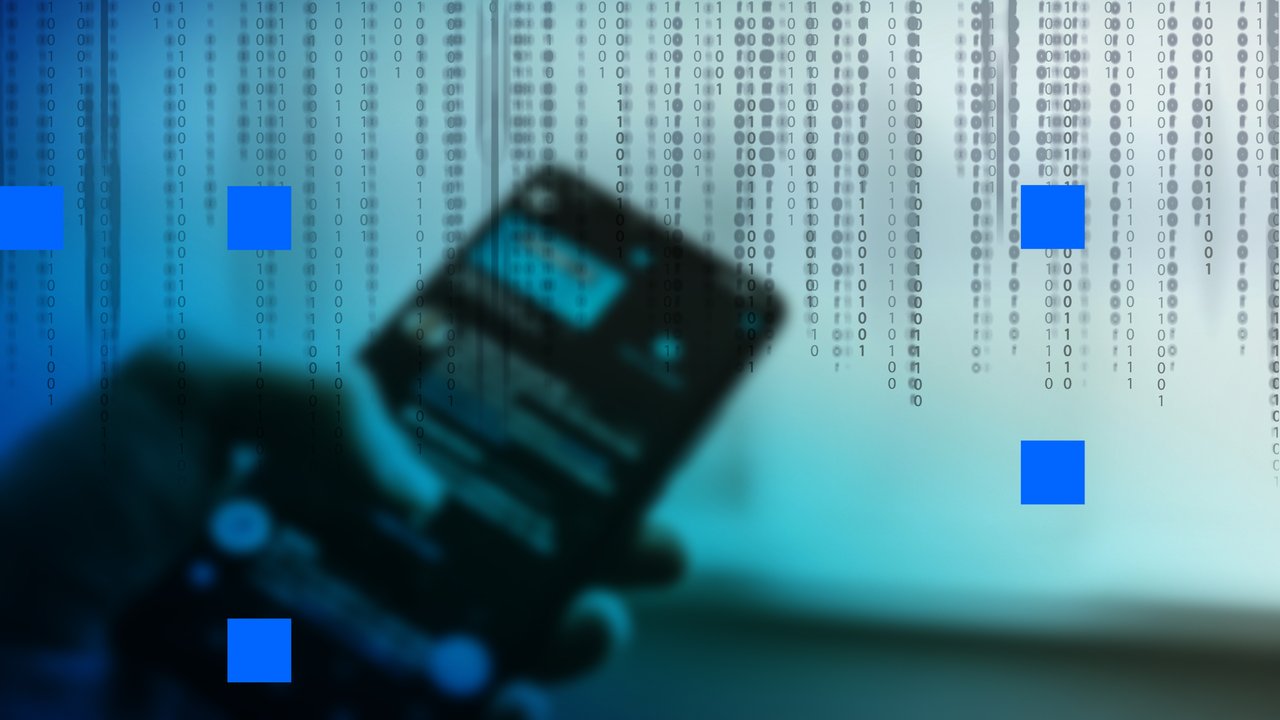
In June 2019, the World Health Organization estimated that approximately 50 million people worldwide were diagnosed with epilepsy, making it one of the most common global neurological diseases affecting people of all ages.1 The Epilepsy Foundation also reported that more than 1 in 1,000 people with epilepsy die from Sudden Unexpected Death in Epilepsy (SUDEP), the leading cause of death in people with uncontrolled seizures.2 Mobile apps are now widely accepted as a self-management tool for managing epilepsy – with smartphone applications used in tandem with traditional treatment and anti-seizure medications. This neurological disorder is a common condition seen by insurers, and many applicants with controlled seizure history can be considered favorably for life insurance.
Epilepsy is a neurological disease of the brain that causes unprovoked seizures. Severity of symptoms can range from tonic-clonic seizures, such as shaking with rigid arms and legs, to absence or partial seizures, which can have minor symptoms such as lapse in attention or other minor movements.3 Both children and adults can suffer from seizures. Seizures can be frightening for patients as well as their families. Therefore, it is imperative to try to identify and track triggers, such as lack of sleep, to provide prompt attention to what potentially could be a fatal seizure.
The World Health Organization estimates that approximately 50 million people worldwide are diagnosed with epilepsy, making it one of the most common global neurological diseases.
Developers working with neurologists have designed mobile apps for seizure detection. The Epilepsy Foundation states that there are biotech developments for smart watches, smart phone apps, and camera devices. There are apps using gyroscope technology to detect repetitive or excessive movements.4 The University of Louisiana at Lafayette is developing an AI system that is reported to have algorithms that can predict seizures with 99% accuracy one hour before they occur.5 Some devices also use live electroencephalographic (EEG) skin conductance detectors.
Taking medication as directed is crucial to successful epilepsy treatment; therefore, medication reminders are a very important feature. There are several smart phone applications that provide medication trackers, allowing the epileptic to enter their specific medications at specific times of day when they need to be taken. Additionally, most apps will track seizures and interface with caregivers and healthcare providers to share information.6
In February 2018, the U.S. Food and Drug Administration (FDA) gave clearance to Empatica to market the Embrace smartwatch.7 This smart watch identifies generalized seizures and sends alerts to caregivers. Empatica conducted a clinical study where patients wore the smart watch while under video EEG monitoring. The device successfully detected all tonic-clonic seizures, which are the most serious type of seizure.
In December 2018, the FDA authorized the Embrace smart band for children ages six years and older; however, some users have expressed criticism of Embrace. For example, it can produce false positive and false negative notifications. False positive responses have been generated by recurrent motions such as playing an instrument or sweeping the floor. The Embrace always requires the child to have his or her own smartphone with them.8
Another device, SmartWatch-InspyreTM by Smart Monitor, can also detect repetitive motion. It will record data and signal the user’s iPhone or Android device to call or send a text to multiple designated people about seizure activity. Inspyre also includes a “summon help button,” GPS locator, heart rate recorder, along with symptom reporting.9
The Apple Watch even has a built-in fall detection feature that has successfully alerted the families of epileptic patients to seek emergency services.10,11 SeizAlarm uses the Apple Watch to detect elevated heart rates and abnormal repetitive movements from sensors to send alerts to emergency contacts via text or phone calls.12 Medical devices like the sleep activity monitoring device SAMi uses audio-video information from an infrared video camera technology to detect, track, and alert unusual movements of nocturnal seizures.13 Nocturnal seizures have an increased risk of sudden unexpected death in epilepsy (SUDEP), and seizure alerts devices could alert family.
Seizure TrackerTM has a popular application available on multiple devices. It can track seizures through mobile or voice devices via Apple, Android, and Amazon Alexa. The capabilities of this app include tracking seizure timing and event details, triggers, graphing, rescue medication administration, and video recording. Family members can share videos via the application or upload them to YouTube. The video feature is important as it allows medical providers to accurately diagnose the type of seizure and treatment with firsthand observation. Patients or caregivers can say “Alexa, tell Seizure Tracker to track a seizure,” or “Alexa, tell Seizure Tracker that the seizure is over.”14
Seizure tracking technology is especially helpful for patients and families with tonic-clonic seizures. Some patients have reported concerns over privacy issues due to recording personal data and sensitive images within these types of applications. There is also concern over the cost of replacing a wearable device if it were to become damaged during a seizure. Despite these concerns, researchers are hopeful that web based tracking apps and wearable devices will continue to improve and become front line tools for self- management of epilepsy, along with traditional medical treatment, which includes medication compliance.15 Just as insurers are seeing more cases with wearable devices for self-management for other health conditions, underwriters may also see this trend more frequently for management of seizure history as proposed insureds and providers have more confidence in medical technology.
1 World Health Organization. (2019, June 20). Epilepsy. https://www.who.int/news-room/fact-sheets/detail/epilepsy. 2Epilepsy Foundation SUDEP Institute (2019, August) Epilepsy Foundation. Early Death and SUDEP. https://www.epilepsy.com/learn/early-death-and-sudep/sudep 3Cleveland Clinic. Epilepsy. https://my.clevelandclinic.org/health/diseases/17636-epilepsy 4Epilepsy Foundation (2019, November 12) The Role of Seizure Alerts. https://www.epilepsy.com/learn/early-death-and-sudep/sudep/role-seizure-alerts 5Dugas, D., (2019, November 19 Early warning: Researchers Create way to predict epileptic seizures https://louisiana.edu/news-events/news/20191119/early-warning-researchers-create-way-predict-epileptic-seizures 6 Nichols, H. (2017, September 15). The 10 best epilepsy apps. https://www.medicalnewstoday.com/articles/319430. 7Empatica. Embrace Watch: Smarter Epilepsy Management. Retrieved from https://www.empatica.com/embrace2/ 8Empatica. (2019, May 1) Considering Embrace2 for your child? https://www.empatica.com/blog/considering-embrace2-for-your-child.html 9About the Smartwatch InspyreTM by Smart monitor. Retrieved from https://smart-monitor.com/about-smartwatch-inspyre-by-smart-monitor/ 10Gretsch, J. (2018, February 7) New Seizure-alerting Application Available for Apple Watch.. https://www.epilepsy.com/article/2018/2/new-seizure-alerting-application-available-apple-watch 11Lee, T. (2019, July 31). Apple Watch’s Fall Detection Saved the Life of An Epileptic Woman. https://www.ubergizmo.com/2019/07/apple-watch-fall-detect-save-life-epileptic-woman/ 12MacDonald, L. (2020, February 7) 5 Handy Devices That Can Help Detect Seizures. https://www.firstforwomen.com/gallery/health/best-seizure-detection-devic 13SAMi. The Sleep Activity Monitor. Retrieved from https://www.samialert.com/ 14Seizure Tracker. Seizure Tracker by Voice. Retrieved from https://www.seizuretracker.com/SeizureSuccess/Seizure_Diary_Alexa/index.php 15Casassa, C., Rathbun Levit, E., & Goldenholz, D. (2019). Opinion and Special Articles: Self-management in epilepsy. https://n.neurology.org/content/neurology/91/21/e2027.full.pdf.
Contact

Related Content
Newsletter
properties.trackTitle
properties.trackSubtitle

